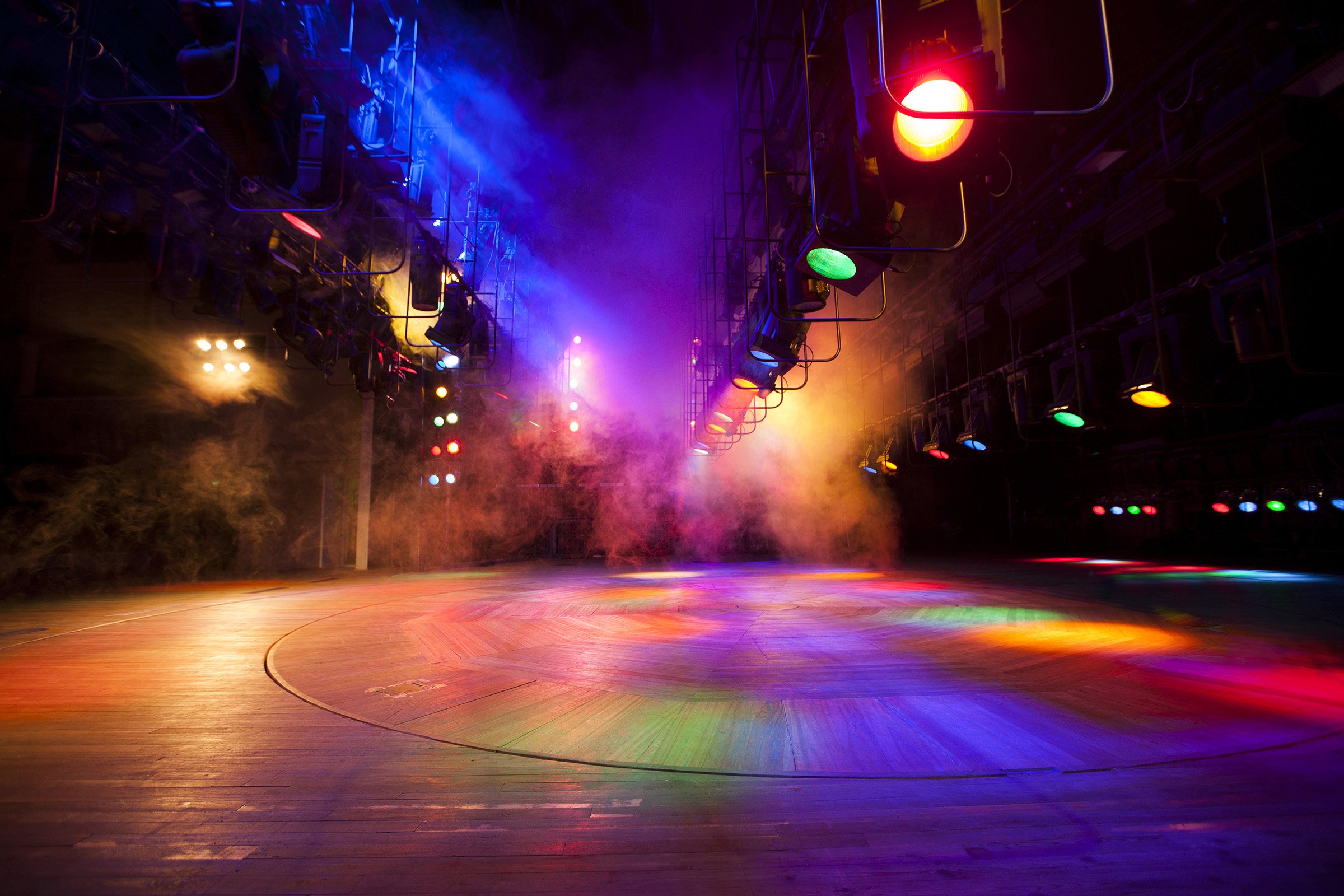September 6, 2019
Use AV to Create Emotional Appeal for a Successful Event
 Emotion is all about the senses. No matter the size or purpose of your next event, its emotional appeal is what will draw attendees in, keep them engaged, and give them an experience they won’t soon forget. Yes, your content is the foundation. But the way you highlight it and create an atmosphere around it make all the difference.
Emotion is all about the senses. No matter the size or purpose of your next event, its emotional appeal is what will draw attendees in, keep them engaged, and give them an experience they won’t soon forget. Yes, your content is the foundation. But the way you highlight it and create an atmosphere around it make all the difference.
The pros do it in movies all the time. We don’t know the people on the screen, but somehow, we’re invested. Sure, there is a script and acting, but lighting plays a huge role in creating an environment that feels real.
How It’s Done
In an earlier blog, we talked about how lighting works and how you can use theatre lighting tips and techniques to enhance your events. But let’s back up just a bit. Using lighting to “emotionally” set the stage takes both technical know-how and an understanding of how light and color affect our mood.
Intensity impacts mood
Want an atmosphere that feels big and bold? Light it up! Warm lighting feels like a sunny day. It makes us feel upbeat and alert. It makes things look more attractive and can even bring out the flavors in the food we’re eating. But be careful – if the light is too bright, it can feel aggressive.
If the goal is a more relaxing vibe, dim light helps induce a sense of calm and steadiness. But while we associate very dim light with romance and candlelit dinners, it can also cause a sense of anticipation. It keeps your audience engaged and wondering what will happen next.
Direction adds impact
Once you start creating shadows with directional light, you add definition. You separate people or objects from their background, make them recede into the gloom, or create an atmosphere that’s downright creepy or frightening. (Think: Halloween.)
Let’s Explore How Color Can Affect the Room
We usually think of red as a power color – and it can be – but red, yellow, or amber lighting can also feel more restful. It’s warm and comforting. Blue light, which we often consider calming or gloomy, can be generated in many shades. A darker, deep blue, can create a sleepy, calm feeling, whereas cyan may increase alertness. Also, don’t forget about the element of motion. Depending on how subtle or overt it is, adding motion and texture to the color – through moving lights and gobos – can magnify the emotional effect trying to be achieved.
And don’t forget about your presenter, your stage, your room and how they affect the way light looks and feels, too. White or pale-colored set pieces, tablecloths, walls, etc., accentuate brightness. Dark colors absorb light to provide a softer, more intimate or contemplative feeling. But your event is not a static set, it’s a panoply of movement whether it’s a business meeting, a concert, or a gala. How you combine color and light sets the mood as attendees arrive and is capable of carrying (or leading) them from one part of your event to the next. Think about your audience as you consider light and color. Do you want them to attain a Zen-like state? Celebrate? Donate?
Ultimately, it’s the nuances that make the difference – the clever, blatant, or subtle ways we mix color and light to create a visual and emotional journey through your event. And it’s that emotion, perhaps, even more than your content, which creates a memorable experience.




